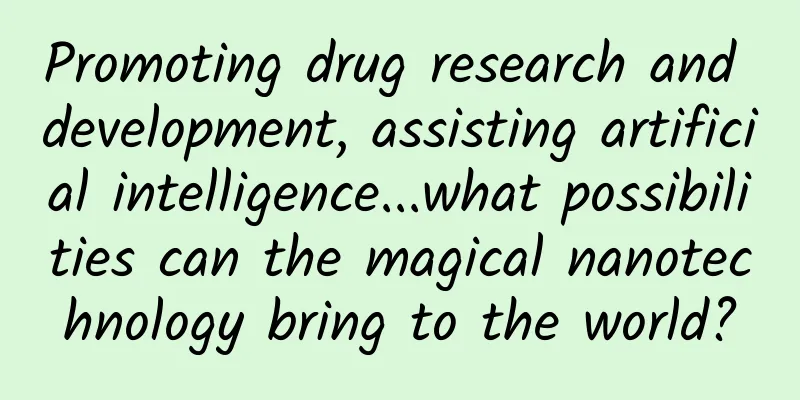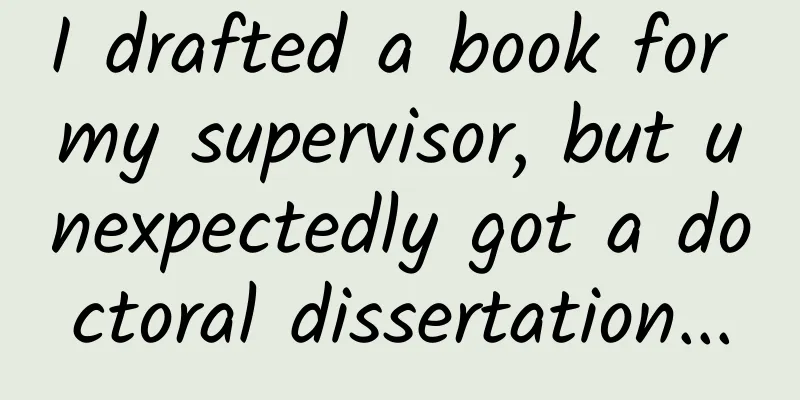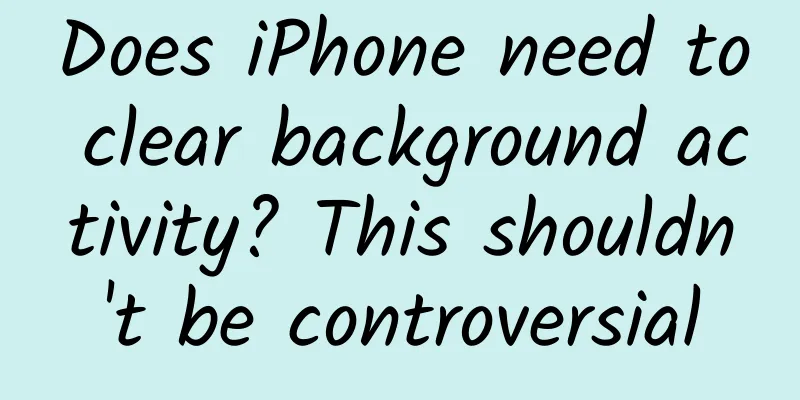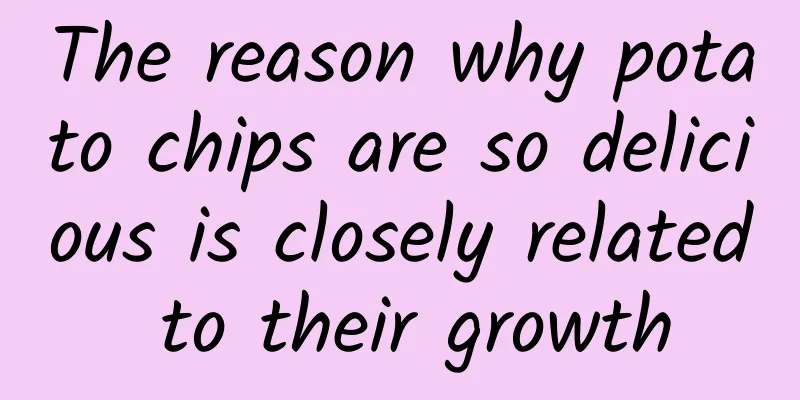If you can’t stop watching short videos crazily, does that mean your brain is “getting bored with the same old thing and liking the new”?
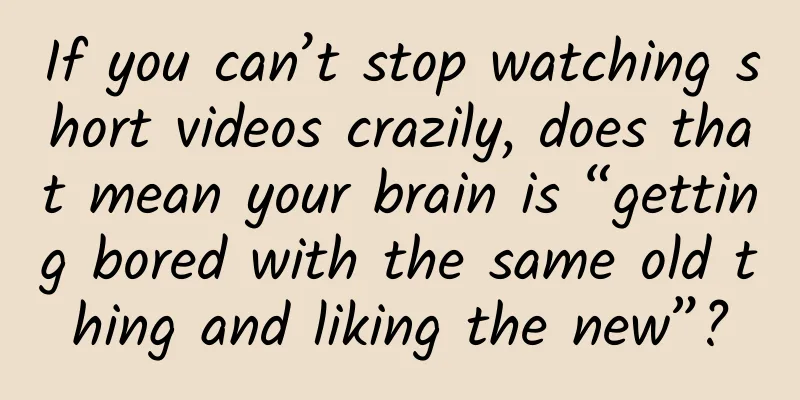
|
□ Luo Mingjun On the streets and subways, teenagers can be seen everywhere watching short videos on their phones and tablets. Not long ago, even the writer Mo Yan lamented on his personal social account: "How come I have spent another hour browsing, and most of the time I watched this hour was boring." Indeed, with the development of information technology, society seems to have entered the era of short videos overnight. In particular, many teenagers are addicted to short videos, which makes parents deeply anxious. Why short videos attract teenagers In the long process of human evolution, the surroundings are often full of dangers. In order to survive in nature, humans are very sensitive to new things in motion. Therefore, the brain determines that people are pursuing new things throughout their lives: new images, new sounds, new things, and new people. "Love the new and hate the old" is the instinct of the brain. Dynamic and intuitive short videos are novel and stimulating, just like opening a brand new gift box, and can bring people surprises, which is exactly what the brain needs. Mirror neurons in the human brain have the characteristics of visual thinking and intuitive nature. Adrenaline is one of the hormones that humans rely on for survival. It mediates all reactions of the sympathetic nervous system. The tense atmosphere and sensory stimulation created by short videos can "ignite" the emotions of teenagers. Smooth short videos can also induce dopamine secretion. Dopamine is a neurotransmitter related to pleasure. Short videos constantly stimulate dopamine secretion, allowing the brain to form an "addiction circuit" and become unable to stop. There are two systems in the human brain. One system is an "autopilot system" that does not require too much energy to think; the other system is used to meet challenges, solve new problems, and learn new skills. The brain will only use the energy-consuming system when it encounters unfamiliar things or difficulties. The brain is inert and likes to be lazy, and short videos that do not require much thinking "cater to the brain", making it easy for immature teenagers to be attracted by it. What are the effects of long-term short video viewing? Teenagers are in the process of forming their outlook on life and values. Short videos will have a great impact on teenagers' aesthetics and outlook on life. We often hear short video buzzwords such as "dominant", "enemy honey" and "Hakimi" from children, and we can also hear them humming some "brainwashing" short video divine songs. Some children also say that studying is not important, and that becoming a short video internet celebrity or broadcaster in the future is their biggest dream in life. Short videos can satisfy teenagers' desire for free expression. Likes and comments from strangers can make teenagers feel valued and recognized, which leads some teenagers to become addicted to the self-centered virtual world of short videos, and even refuse to communicate with their family and peers, becoming "invisible people" in real life. In the long run, their mental health is worrying. How to guide young people to use short videos It is undeniable that short videos make things concrete and emotional through strategies such as focusing, rendering, suggesting, and amplifying. If used properly, short videos can play the role of information source and learning tool in the growth process of teenagers. Parents can guide teenagers to quickly search and acquire relevant knowledge on short video platforms according to their own learning needs. For example, there are popular science short video authors who are enthusiastic about spreading scientific and technological knowledge, and public welfare short video broadcasters who introduce beautiful rivers and mountains, excellent culture, etc. Parents can introduce these into their children's learning, broaden their horizons, and let them master more knowledge. Parents can use short videos to guide their children's visual thinking, turn the abstract into the concrete, and help the brain represent and process the memory of experience. By using short videos to help children set learning tasks, conduct discussions, exchanges, and creation, they can fully mobilize visual, auditory and other multiple stimuli to participate in learning, relieve fatigue, and help young people develop clear logic, rich and orderly imagination. Let young people record short videos in the form of peer cooperation according to different themes to help improve their high-level thinking ability. Short videos make good use of metaphors, personification, parallelism and other brain-friendly ways to narrate, making unfamiliar and abstract concepts familiar and visual, which can reduce the difficulty of understanding. Using short videos to learn and adding immersive plots can make the brain's mirror neurons more active. Set up some fun activities to make the brain feel the reward of dopamine and make learning more enjoyable. Whole-brain participation, multi-dimensional expansion, multi-point association, and brain science-oriented short video learning methods can help develop high-level thinking. Of course, if parents do not have the ability to control short videos, or even immerse themselves in them, it is difficult to ask their children to quit Internet addiction. The best way is for parents to put down their mobile phones, pick up a book, and set an example for their children. As Mo Yan said: "Reading is the most worthwhile and the most important thing to do in our spare time!" (The author is a teacher at Longcheng Senior High School in Longgang District, Shenzhen) |
<<: Why can’t rainstorm forecasts be 100% accurate?
Recommend
The launch of the Webb telescope has been postponed again. Why are we so looking forward to it?
According to the latest announcement from the Nat...
The Sun family of the Three Kingdoms: Tears in my eyes, the imperial seal has ruined their lives!
Mixed Knowledge Specially designed to cure confus...
OLED: Screen burn-in is not dead, but large screens are hard to come by
The rise of OLED technology has brought new break...
How to use SMS to attract and recall lost users?
There are three common methods of user recall or ...
The 4 major product operation routines behind the popularity of "Story of Yanxi Palace"
I had lunch with my colleagues last Friday. One o...
Content operation: Learn the basic routines and play it however you want
Today, I will share with you how to do content ma...
Dapeng_E-commerce live streaming course, systematically learn the skills and routines of each link of live streaming Baidu cloud download
Dapeng E-commerce live streaming sales course, sy...
Top 10 common cancer misconceptions: Are you one of them?
A report from the World Health Organization (WHO)...
How can I promote more cost-effectively in Baidu SEM?
Now Dongguan Feng Chao editor has found that more...
How can live streaming make products popular?
A live broadcast room can generate sales of over ...
Teacher Cai Danjun's "Outline of Reading Dream of the Red Chamber"
Teacher Cai Danjun's "Outline of Reading...
Haikou Mini Program Development Company, how much does it cost to develop a hardware mini program?
What is the price for developing a hardware mini ...
Chinese native dog, you are not even a breed!
What! The “Chinese native dog” is not a breed of ...
Huoshenshe 10.12 WeChat small store money-making project, video account live broadcast with goods
WeChat Mini Store is a new SaaS quick store build...
The pain points of my copywriting are obviously very "painful", so why is there no conversion?
Have you noticed that more and more heartfelt cop...

